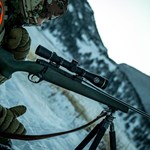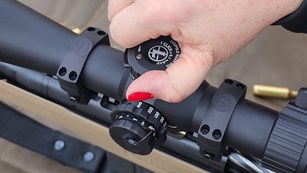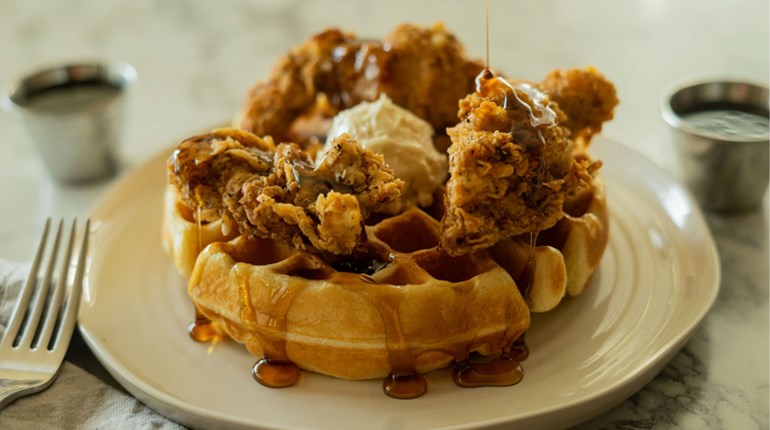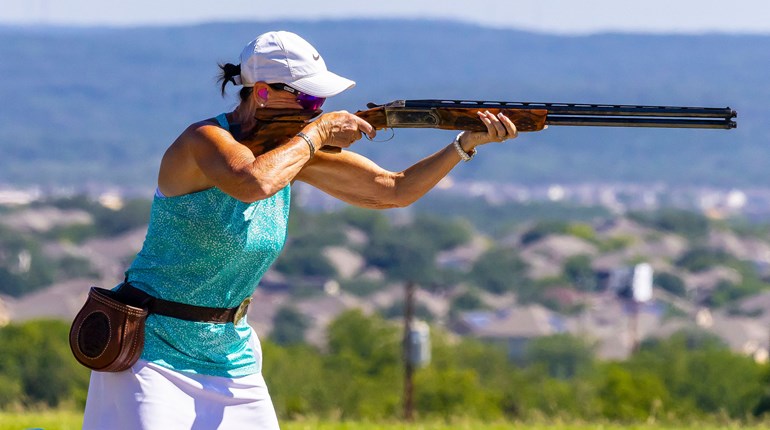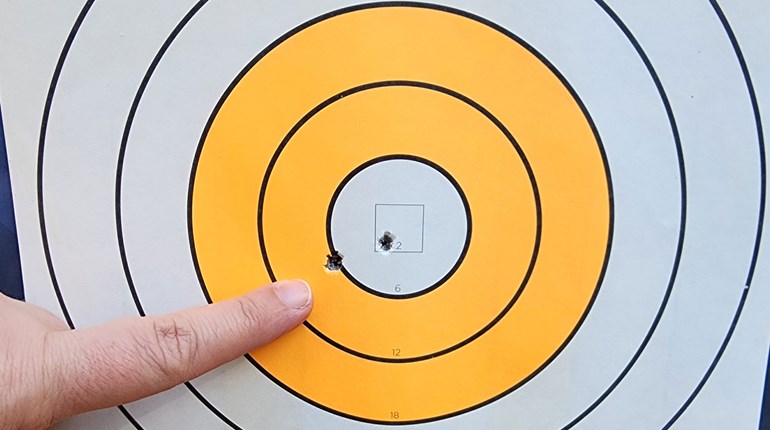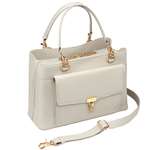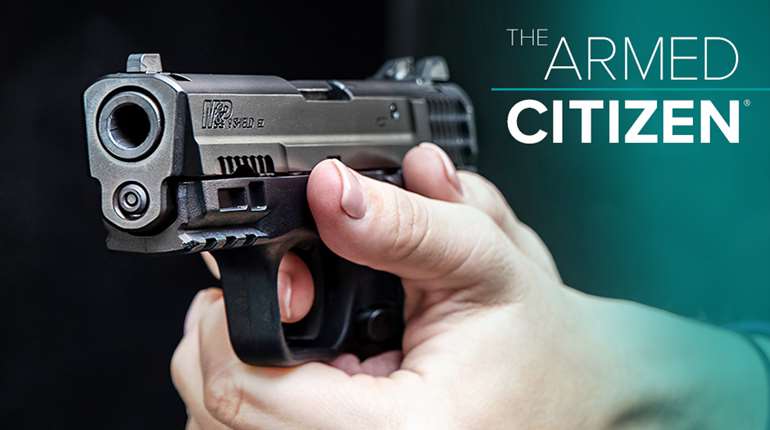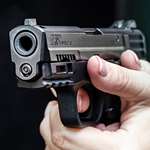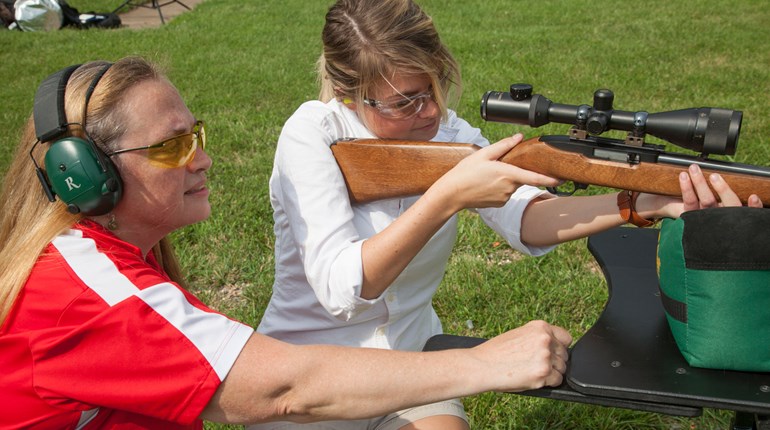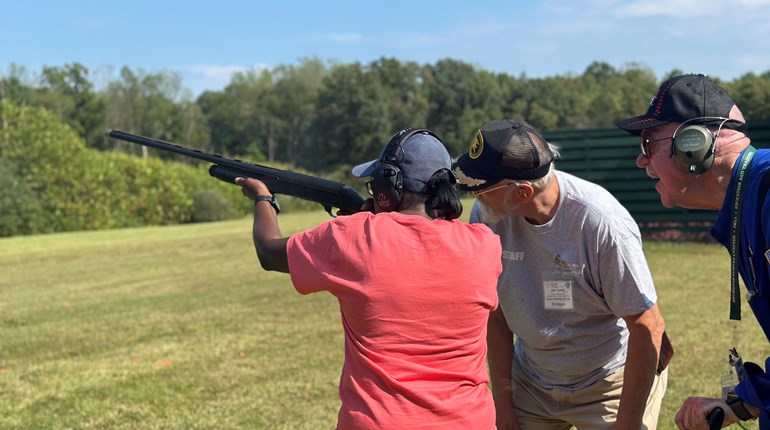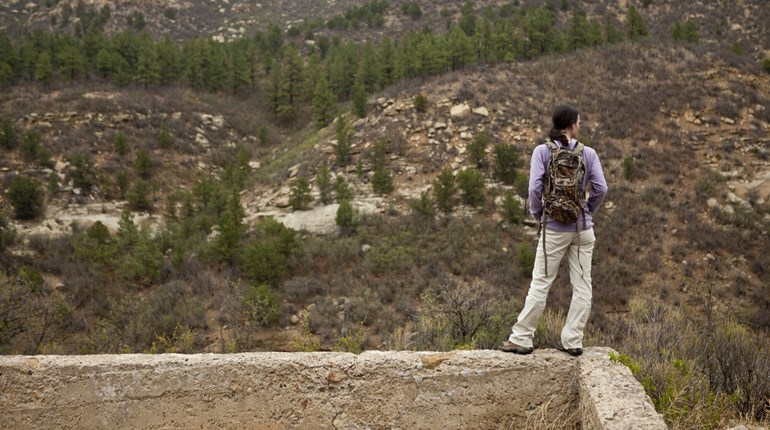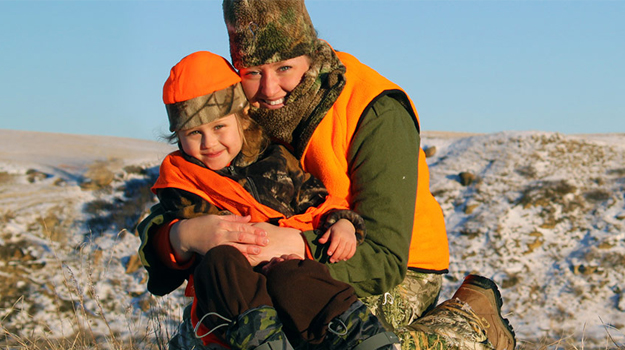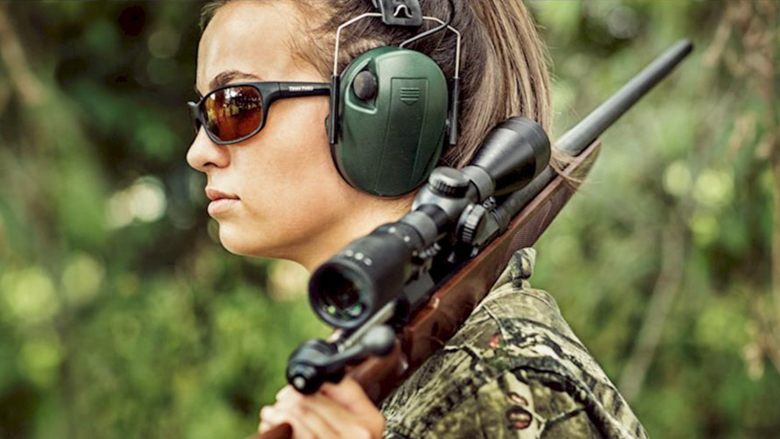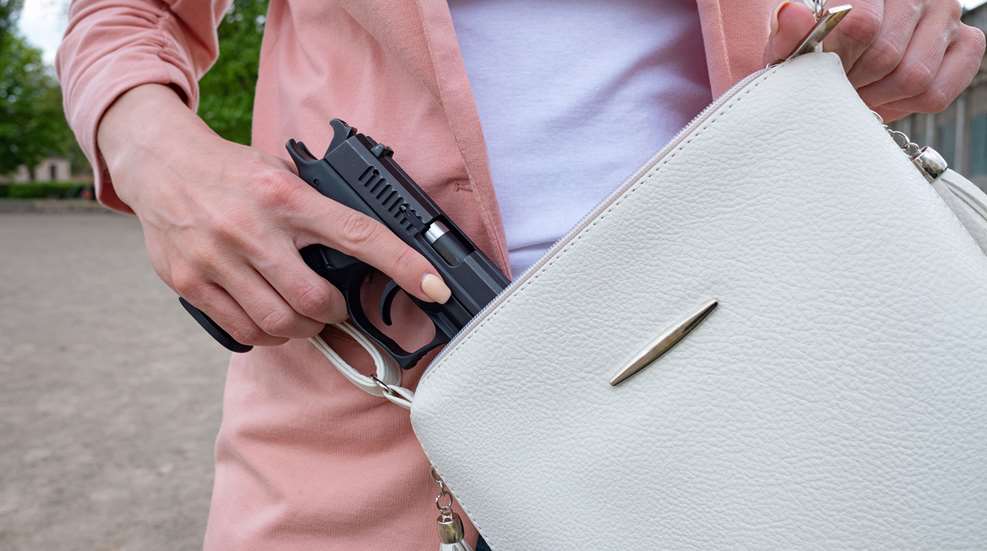
The second of NRA’s gun safety rules is “always keep your finger off the trigger until ready to shoot.” There are plenty of reasons why we practice this—it helps prevent you from pulling the trigger absentmindedly or accidentally if you were to trip and fall, for example. But there’s another important reason why we keep our finger off the trigger: interlimb interaction.

Interlimb interaction is a physiological response that occurs below your level of conscious thought—you don’t think about it; it just happens. It involves the way your hands, arms, legs and feet work in relation to each other, as when you’re walking or riding a bike. Put simply, what one hand is doing, the other hand tends to want to do, too. To get more specific to our interests when it comes to firearms, interlimb interaction can involve an involuntary contraction of the hand and finger muscles. In other words, in response to some external stimuli, your finger pulls the trigger when you didn’t consciously intend to do so.
Studies show that this response isn’t subtle or weak—it has been measured in the range of 30 to 50 pounds, which is more than sufficient to pull even the heaviest of firearm triggers if you’re not following rule 2. There are several things that can trigger this response.
1. Loss of Balance Response
When you lose your balance, your body tenses many or all its muscle groups in an attempt to regain balance before you fall down or to help prepare your body for the impact of a fall—and this includes the hand muscles. If you trip over a rock on the range, miss a step going down the stairs in your home while investigating a suspicious noise, step on a Lego in the dark or otherwise get unexpectedly knocked off-kilter, your hands will clench, at least partially. If you’ve got a finger inside the trigger guard, it’s likely this subconscious response will result in pulling the trigger.
Note that if you’ve got your gun out for any self- or home-defense-related reason, your adrenaline is probably through the roof and your tunnel vision might make you more clumsy than usual. That’s one major reason to keep your finger off the trigger until your sights are on the target.
2. Startle Response
An unexpected startle or scare also causes you to tense up your muscles involuntarily. This is likely your body’s immediate preparation to respond to what it thinks might be a problem by sending you into defensive mode. It’s a normal human response to loud noises, jump scares, a motion-activated light coming on or any other startling event—many of which are common in home-defense scenarios, when you’re likely to already be on edge and easily spooked. The last thing you want is to have a negligent discharge because you were walking through the house with your finger on the trigger when you were startled by a moving shadow in the corner that turned out to be the cat
3. Sympathetic Squeeze Response
Remember how I said that what one hand does, the other wants to do, too? This is so common that there’s a name for it: the sympathetic squeeze. If you close one hand, the other hand tends to close itself at the same time.
Gunsite Academy shows a video in many of its safety briefings to demonstrate the dangers of the sympathetic squeeze. In the video, a group of police officers has a (presumably dangerous) suspect on the group, guns drawn and pointed at him. One of the officers uses her left hand to reach for the radio on her shoulder. When she starts to squeeze the radio so she can speak into it, her left hand squeezes the button while her right hand involuntarily contracts and pulls the trigger on the gun.
Now, you probably won’t have a radio to squeeze when you’re navigating a home-defense or self-defense situation. But what else might you be doing with your off-side hand while your strong-side hand holds the gun? Clutching your purse? Squeezing your child’s hand as you lead them to safety? Gripping doorknobs as you enter rooms or leave the house? We think of self-defense shooting as the feet-firmly-planted, two-hands-on-the-gun situation that we practice on the range, but the truth is, you might not have that luxury. You might need your off-side hand to do all sorts of things as you navigate your way out of danger.
The tendency of our hands to mimic each other’s movements isn’t something we can control—it happens as a natural physical response we have little conscious control over. That’s even more reason to keep your finger off the trigger until your sights are on the target.





